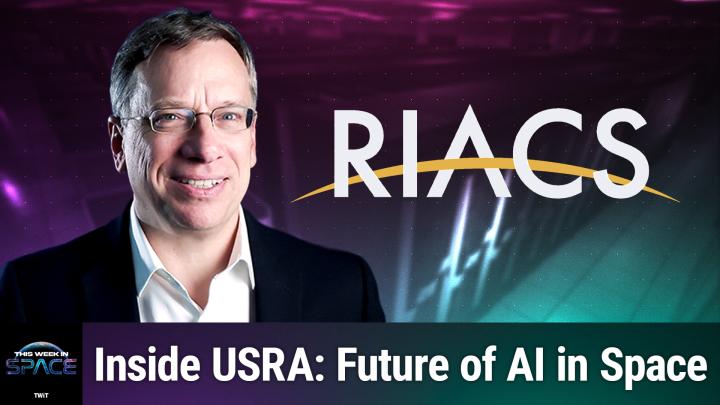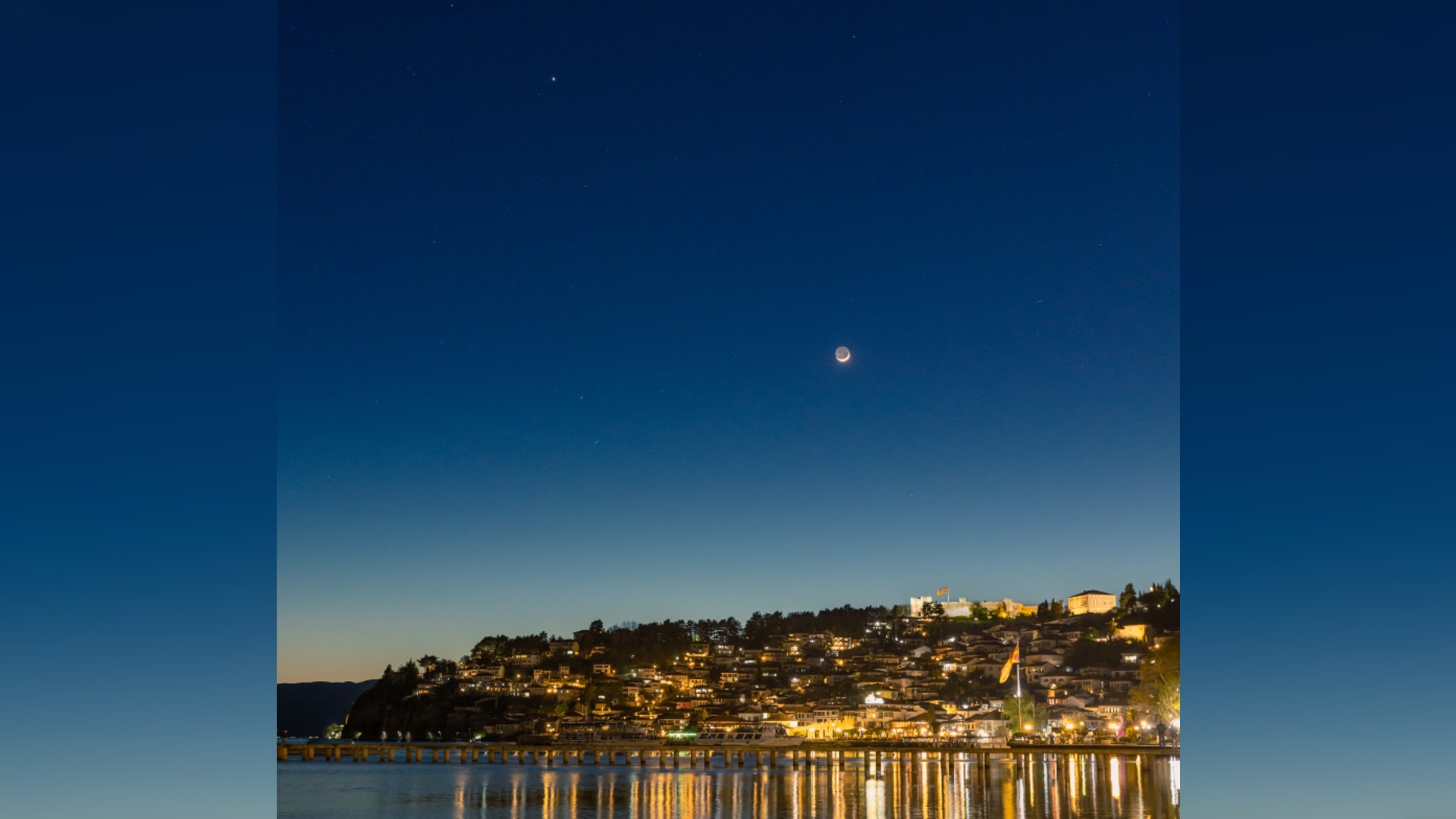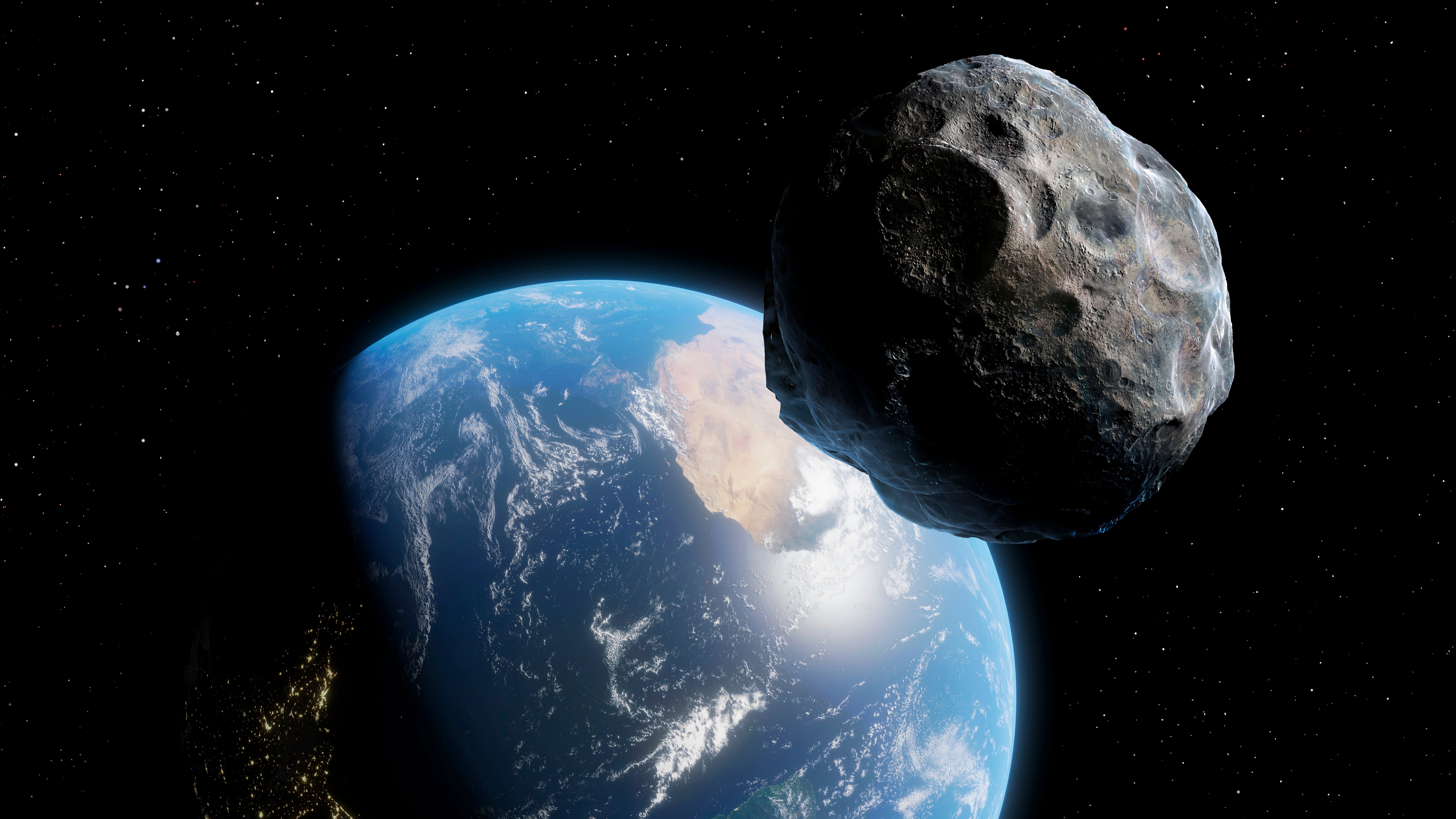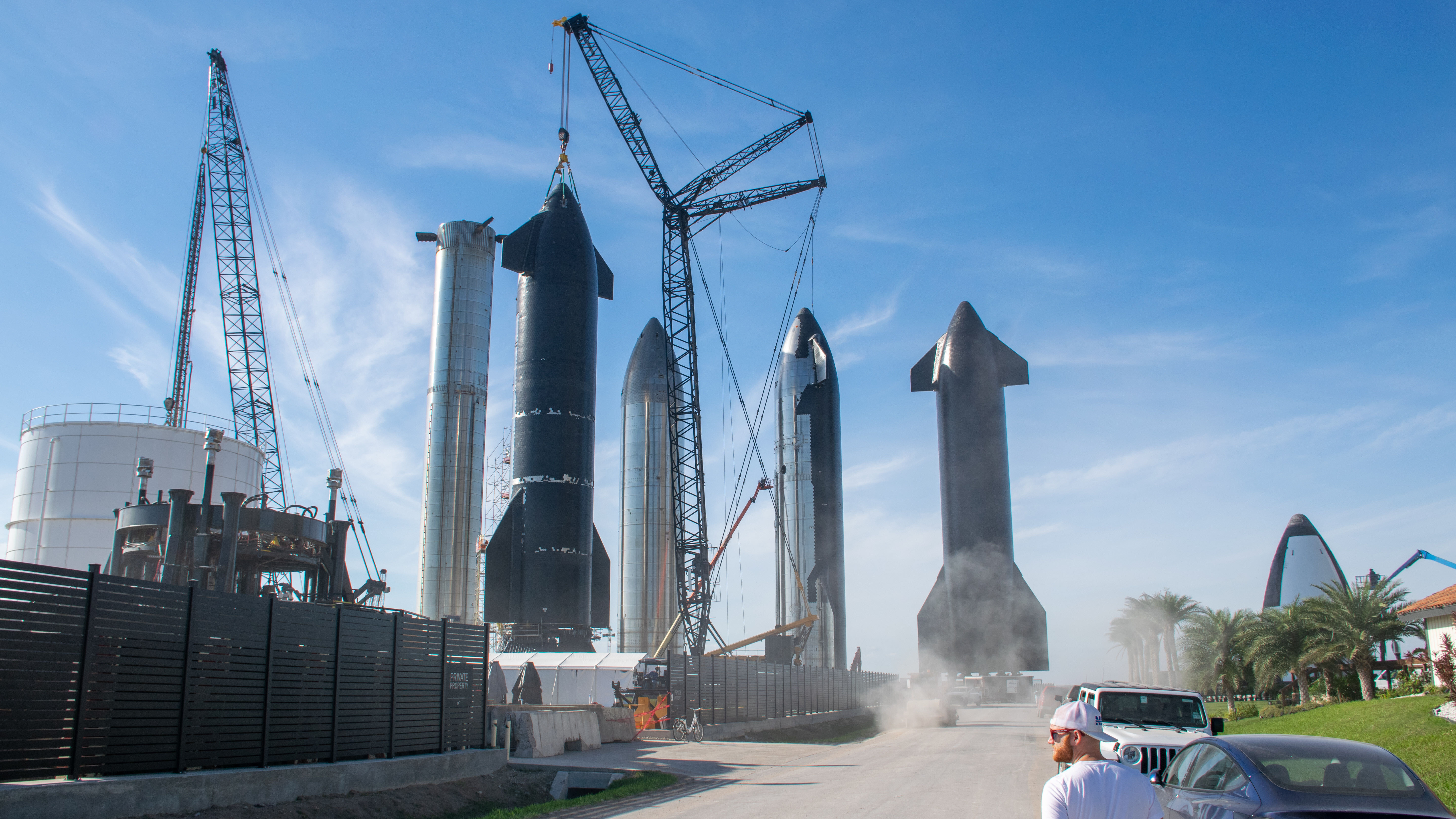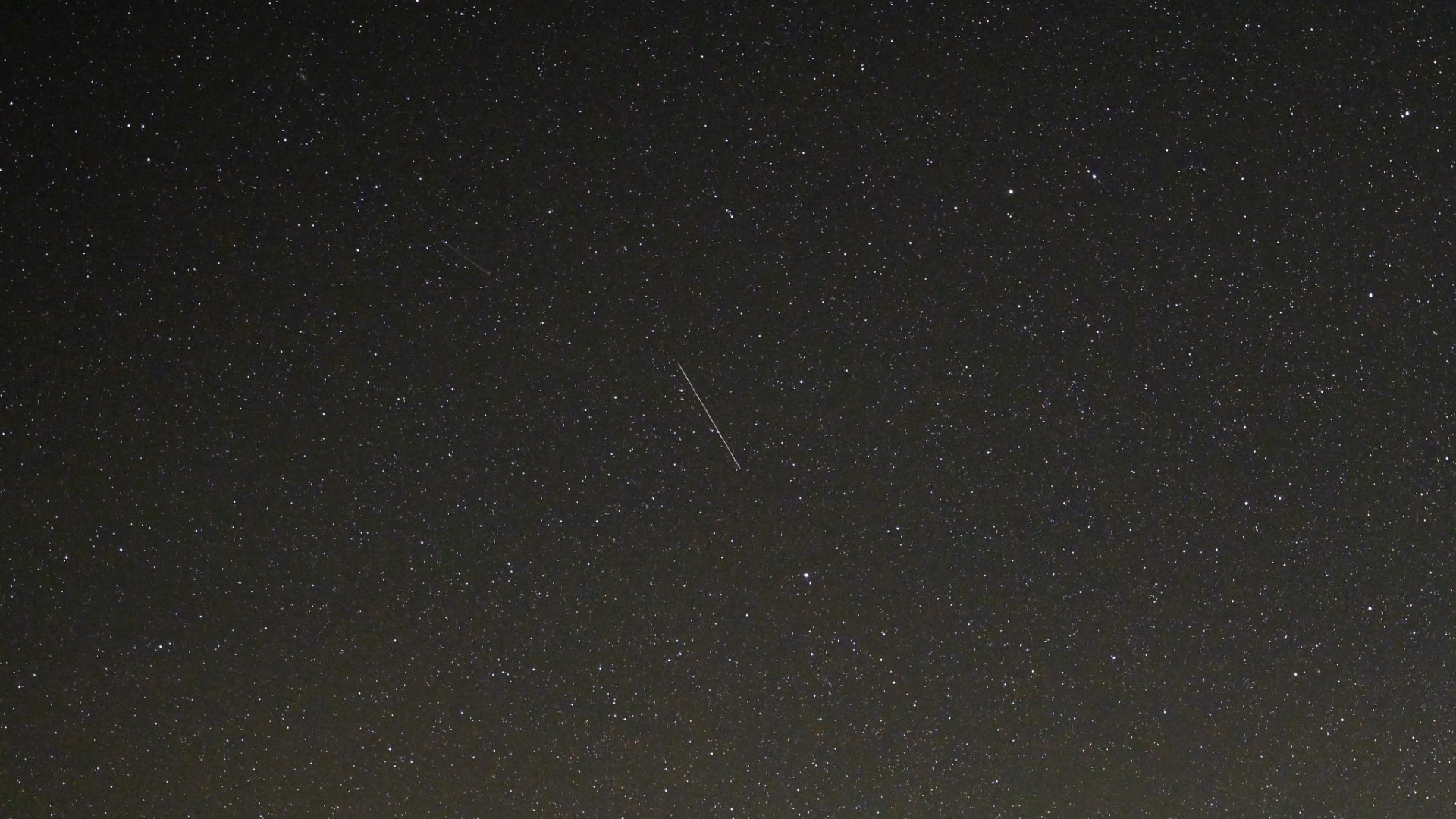Governments Skittish on European Manned Space Program
European governmentsremain uncertain about whether they want to finance an independent mannedspaceflight program given its costs, although they have left open thepossibility of working with Russia.
In recent weeks, EuropeanSpace Agency (ESA) officials appear to have backed away from earlier proposalsthat Europe develop its own ability to launch astronauts from its Guiana Space Center,and to have them visit a European facility in low Earth orbit that couldsucceed the international space station.
A call by ESA managers inlate 2007 for just such a program, to be presented to European governments atnext November's conference on space strategy and budgets, appears to have metwith resistance from the national governments that will have to pay for it,European government officials said.
ESA already has committedabout 4 billion euros ($5.9 billion) to be spent in the next decade just tomeet its obligations to the international space station. The agency is hopingto secure additional flights of its astronauts to the station aboard the U.S. space shuttle or Russia's Soyuz capsule. But this is likely to be possible only by investing inadditional hardware that could be bartered against slots for Europeanastronauts.
Europe's Columbuslaboratory is scheduled for launch to the station aboard a U.S. space shuttle in the coming days, and ESA is focusing on how to maximize theinvestment in the space station.
Alan Thirkettle, ESA'sspace station program manager, said the agency has spent about 5 billion euroson the space station, including the Columbus facility, since 1995. Theinvestment includes providing station hardware as partial compensation for Europe's obligation to finance 8.3 percent of the station's common resources.
In a Jan. 29 presentationhere, Thirkettle said ESA's early priority, once Columbus is in orbit at thestation, is to increase the amount of time European astronauts can spend at thestation. ESA's station ownership share gives it the right to launch oneEuropean astronaut every two years, for a stay of six months, assuming there isa station crew of three Russian and three non-Russian astronauts. Europe's 8.3 percent ownership is calculated based on the non-Russian part of the station.
Get the Space.com Newsletter
Breaking space news, the latest updates on rocket launches, skywatching events and more!
The station currently isscheduled to increase its astronaut complement to six from the current three inmid-2009.
Thirkettle said theagency is weighing several possible proposals to the November ministerialconference that could double the amount of European astronaut time at thestation, to one six-month mission every year.
The agency has openeddiscussions with the Italian Space Agency on using Italy's right to astronauttime at the station on behalf of the entire European program. As part of abilateral agreement with NASA, the Italian government built the station'sMulti-Purpose Logistics Module, with promised Italian astronaut time as part ofthe payment.
Since that deal wasstruck, the several individual nations that had their own astronauts — France, Germany and Italy — have merged their programs into ESA's European Astronaut Corps, which isbased in Cologne, Germany.
"We would like toget to the equivalent of one flight per year if we can add the Italian and theEuropean astronaut time," Thirkettle said.
The 4 billion euros onthe station that ESA currently expects to spend includes about 250 millioneuros in annual operations charges and 100 million euros per year in scienceand technology experiments, Thirkettle said. The remaining portion is to buildand launch Europe's Automated Transfer Vehicle space tug, which was built inlieu of paying NASA cash for Europe's station obligations.
Whether there will be muchroom in the agency's budget for additional astronaut-related missions isuncertain.
For 2008, humanspaceflight accounts for 8.7 percent of ESA's annual budget of 3 billion euros.
European governments haveagreed to fund initial studies on whether a crew-transport vehicle could bebuilt in cooperationwith Russia without transferring funds to Russia and without ceding programcontrol to Russia.
ESA Director-GeneralJean-Jacques Dordain said ESA's negotiations with the Russian space agency, Roskosmos,have encountered roadblocks both in Europe and in Russia.
In a Jan. 14 briefing,Dordain said he still is unsure of whether ESA governments want to finance thecrew-transport capsule with Russia, or whether Russia wants to embark on aEuro-Russian effort.
"The uncertaintiesexist on both sides," Dordain said. "And we need to look at a Plan Bif we can't agree on financing or on who does what. The uncertainties involveboth the mission of the vehicle and the question of who builds what part of it."
ESA's biggestcontributor, France, which in the past has invested heavily in its ownastronaut program, also appears hesitant about whether Europe needs to startinvesting in a crew-transport capability.
In a detailedpresentation of what the French space agency, CNES, views as its near-termpriorities, almost no mention was made of astronaut-related programs beyondwhat already is planned for the space station.
CNESPresident Yannick d'Escatha said studies should continue on crew-transportoptions, but he stressed that he saw no need to make a decision this year. "Wecertainly should not shut the door on these possibilities both in Europe and with other partners," d'Escatha said. "But first we must assure thatwe use Columbus in the most intelligent way possible."
- Video Interplayer: NASA's STS-120 Mission to Deliver 'Harmony'
- Video: STS-116: Space Station Construction
- All About theInternational Space Station (ISS)
Join our Space Forums to keep talking space on the latest missions, night sky and more! And if you have a news tip, correction or comment, let us know at: community@space.com.

Charles Q. Choi is a contributing writer for Space.com and Live Science. He covers all things human origins and astronomy as well as physics, animals and general science topics. Charles has a Master of Arts degree from the University of Missouri-Columbia, School of Journalism and a Bachelor of Arts degree from the University of South Florida. Charles has visited every continent on Earth, drinking rancid yak butter tea in Lhasa, snorkeling with sea lions in the Galapagos and even climbing an iceberg in Antarctica. Visit him at http://www.sciwriter.us

